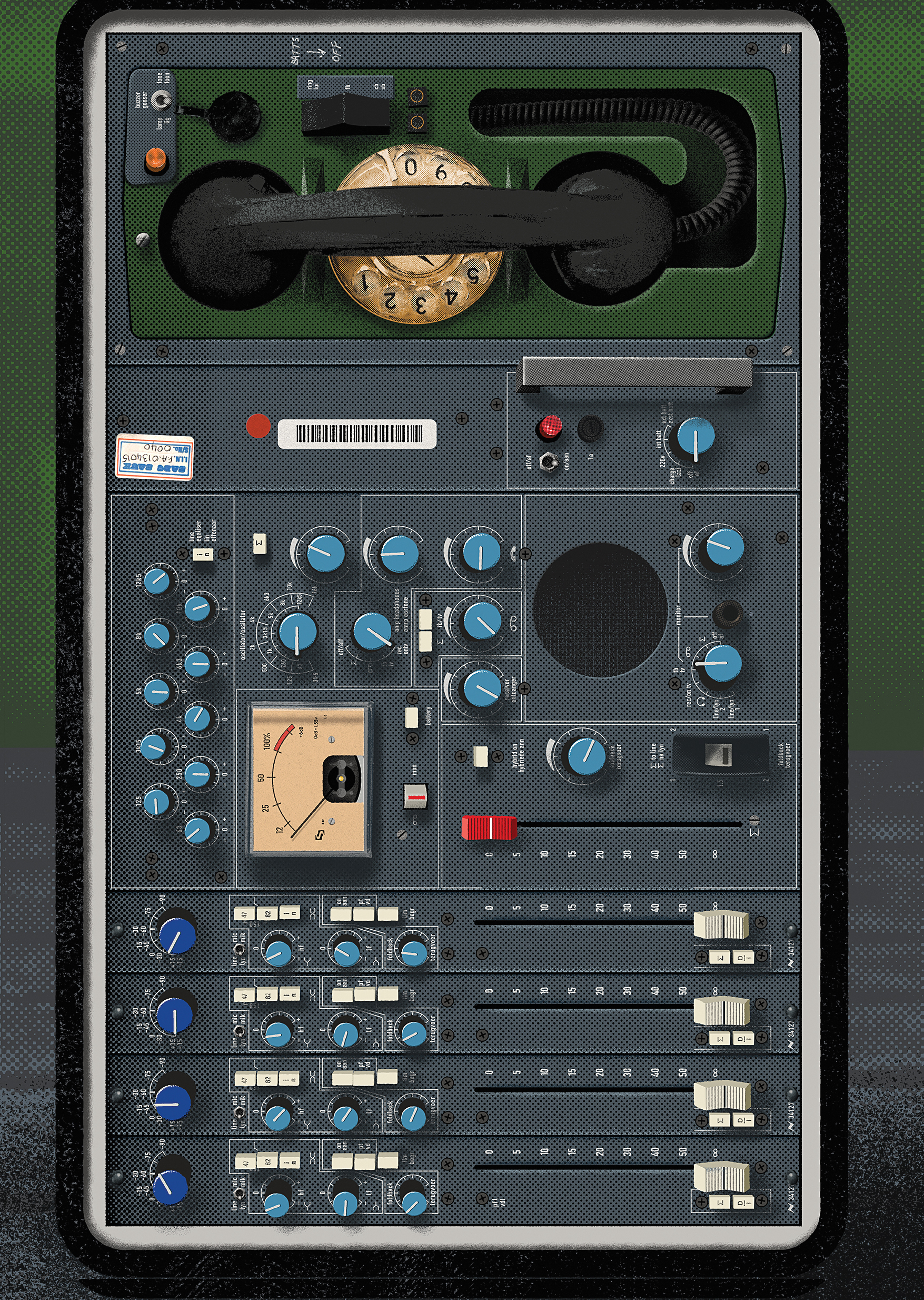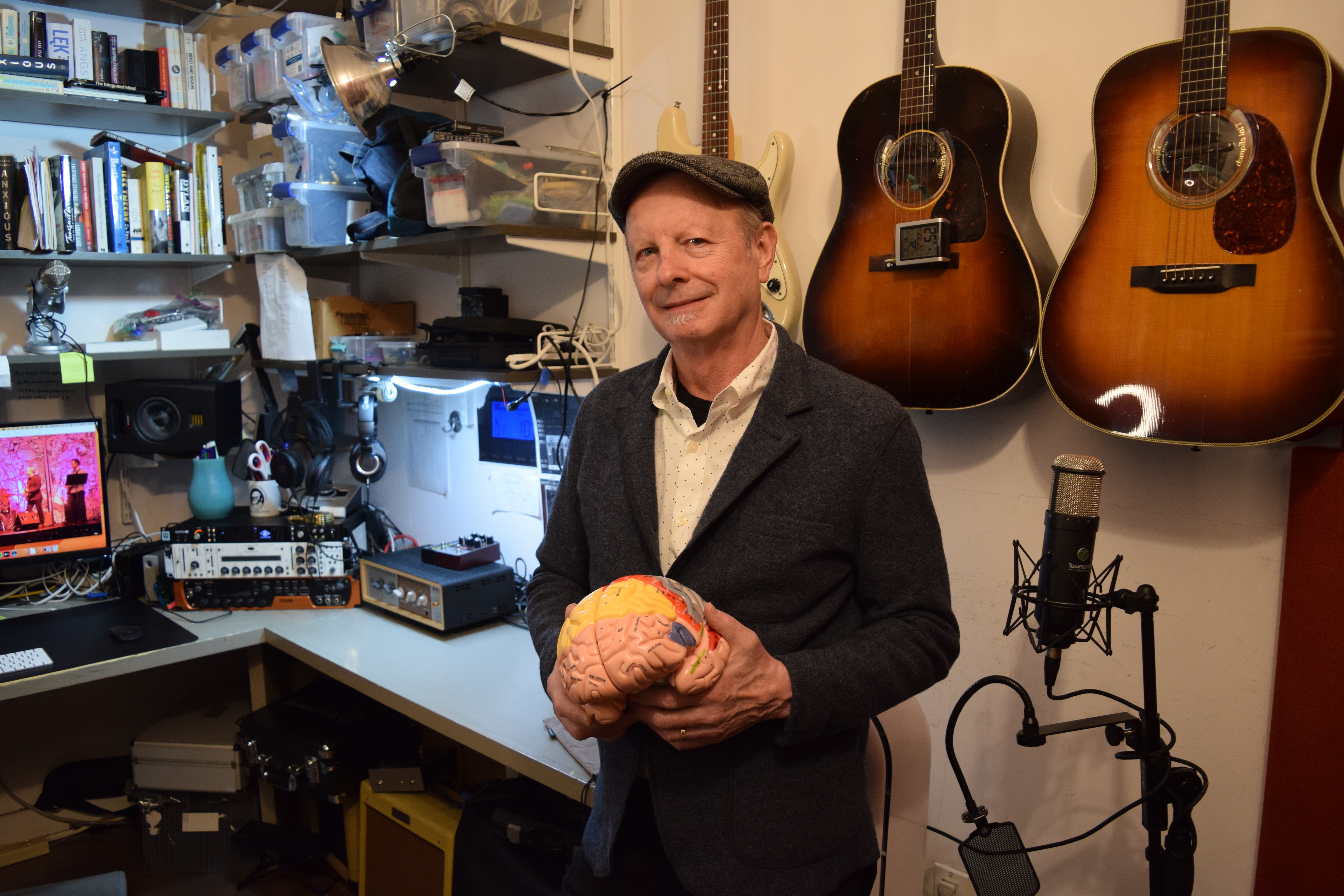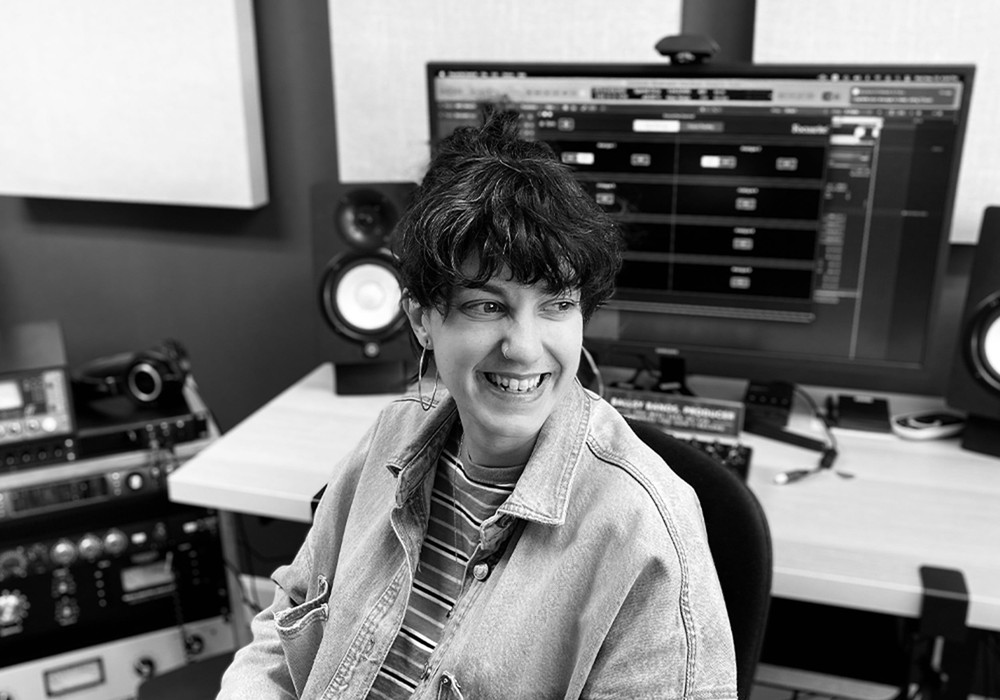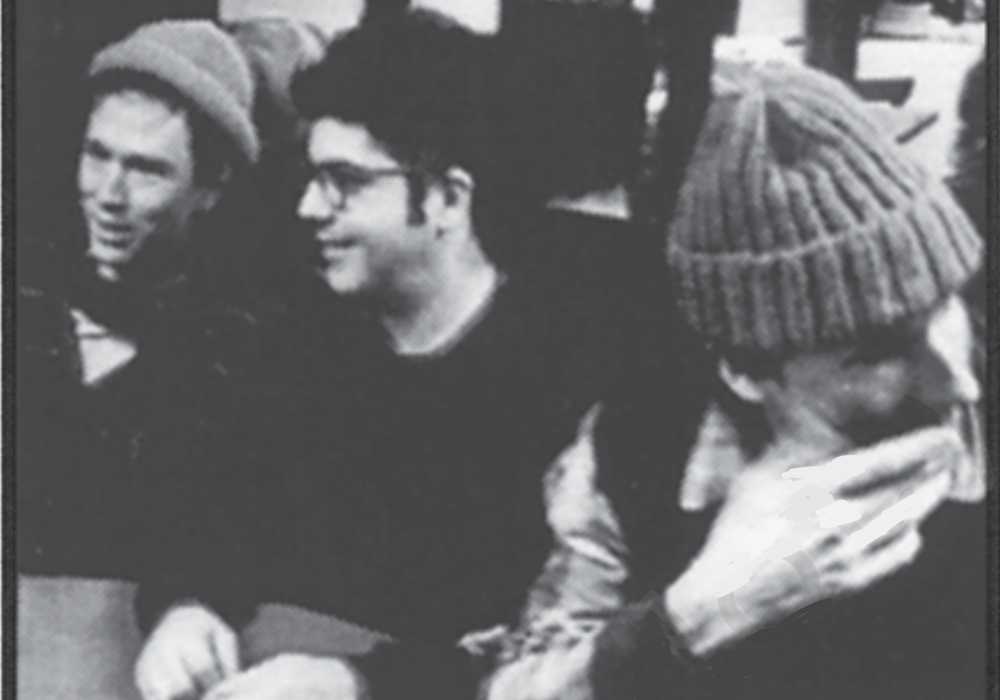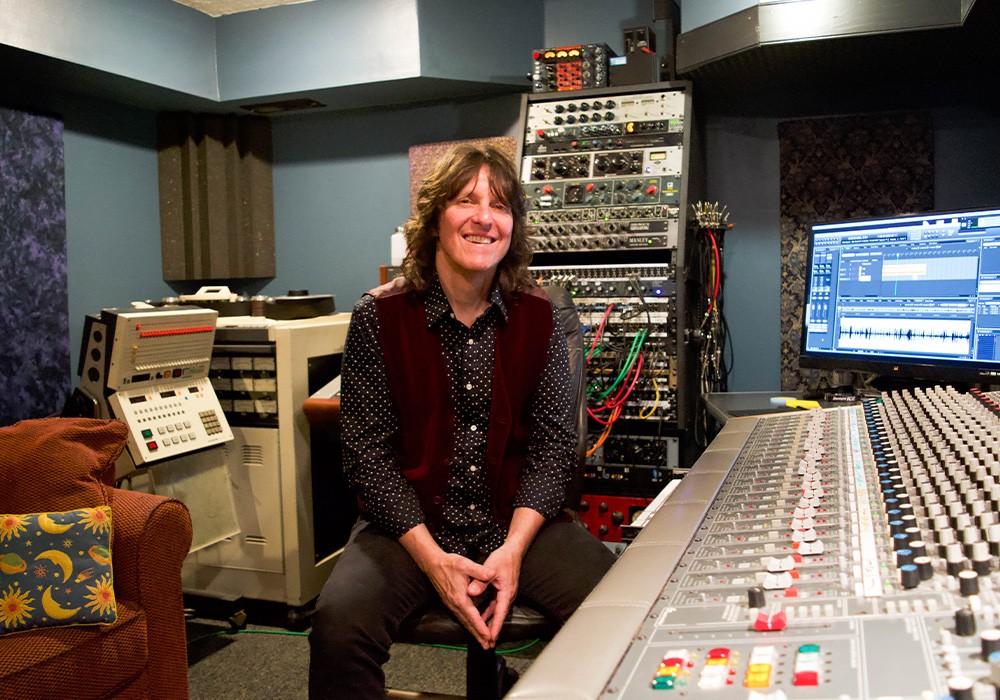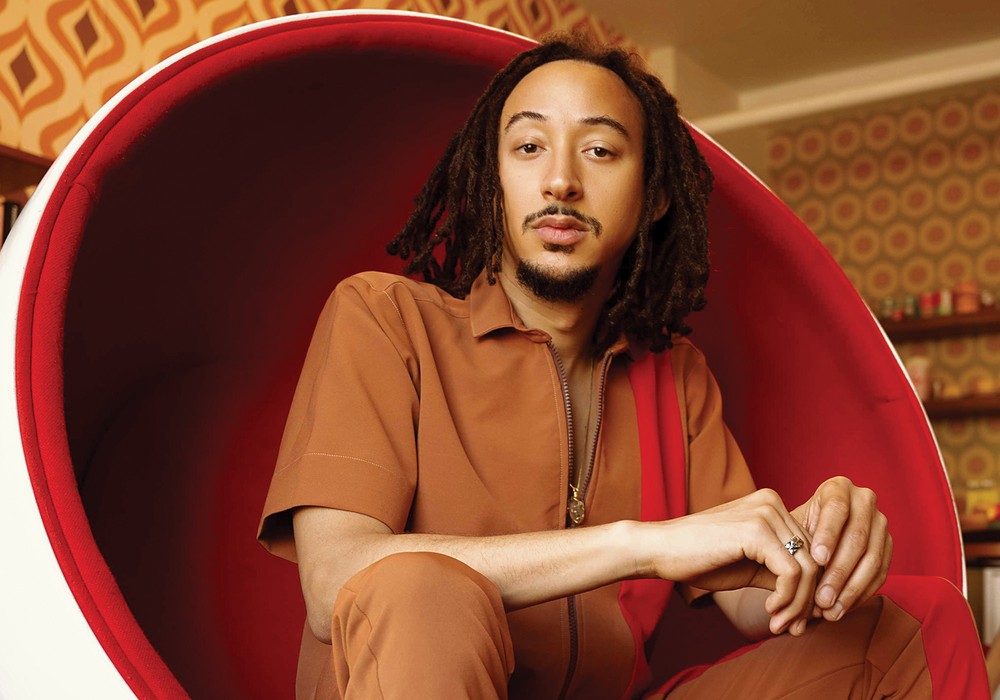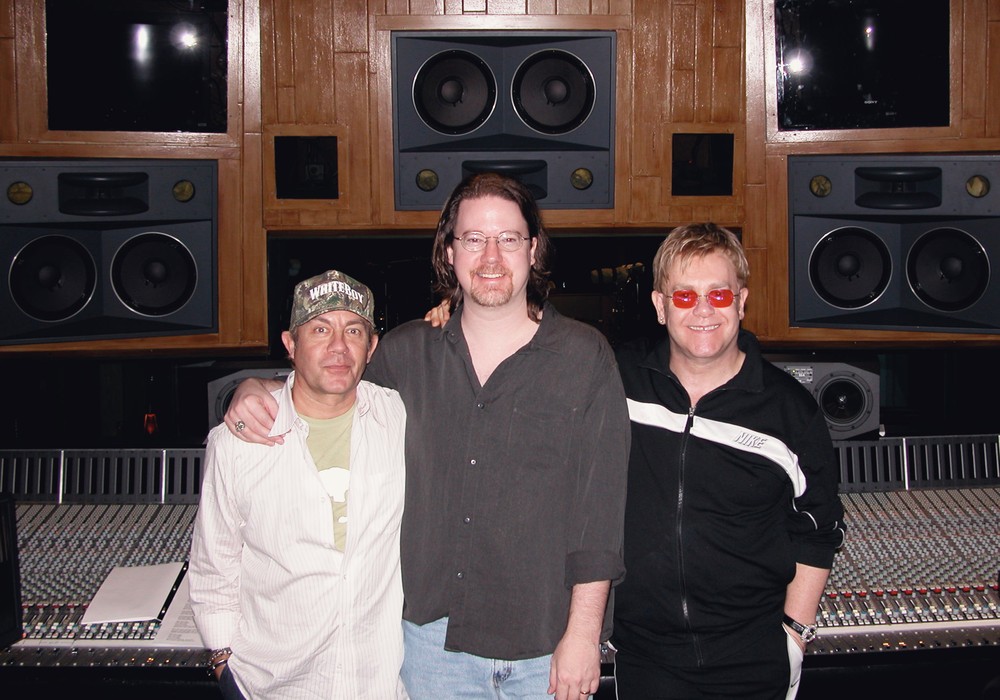Every musician knows that music, memory, and emotion are connected. But how? Joseph LeDoux, Professor of Science and director of the Emotional Brain Institute at New York University, and author of the best-selling book, The Emotional Brain: The Mysterious Underpinnings of Emotional Life – along with other influential writings, has studied this field for decades. Considered one of the world's leading experts on the mind and brain, LeDoux is also a prolific musician and recording artist who has collaborated in the studio with the likes of Rosanne Cash and has performed with his group, The Amygdaloids, on bills with Rufus Wainwright, Lenny Kaye, and Steve Wynn of the Dream Syndicate. His music has been playfully described as “heavy mental.” But how does LeDoux’s acute knowledge of the brain’s operations affect his approach to his own musical compositions and lyric writing? I sat down with Professor LeDoux in his home studio/office to talk about the mysteries of the brain – and the magic of music.
Where did you grow up?
I grew up in Eunice, Louisiana, deep in the heart of Cajun country, and ground zero for Cajun music.
At what age did you become aware of the uniqueness of Cajun music?
The uniqueness, I didn’t know. That was just what was there. No matter where I went, we had some Cajun music playing. It was part of the culture, so much that I didn’t even notice it.
Were you listening to the radio?
Yeah, whatever was on. In a small town like that, you'd have a radio station that’s catering to a lot of different groups. After school, they’d play Elvis Presley, Buddy Holly, or something of interest to teens. In the evening, it turned more towards soul and rhythm and blues. I loved pop music. I could pick up WLS in Chicago and other long-distance stations, including some in Mexico.
Did you have an interest in science as a child?
Absolutely not. Science wasn’t on my radar. I was taught by nuns in Catholic school, and they were putting me into the priest boot camp trajectory. Kind of an anti-science environment! [laughter] In high school, we got folk guitars, because that’s what was happening in the early ‘60s. We were playing Simon & Garfunkel and Peter, Paul and Mary. It was a good way to hang out with girls. Then, by February of ’64, The Beatles had arrived. Everybody threw those acoustic guitars away and ordered Sears, Roebuck & Co. [electric] guitars. I still have my Silvertone and my Fender Deluxe amp. And I was in bands, and I was a disc jockey in high school.
Music is in your soul and your body.
It is. It’s what I cared about most as a kid. Then it was time for me to go to college. The year that I graduated, a junior college opened up in Eunice. I got a degree in business administration, and I got interested in consumer protection. This was during the time of Ralph Nader, and I was into consumer psychology. Later, I started a master’s in marketing back at LSU [Louisiana State University] in Baton Rouge. I got more and more interested in psychology, and I was taking a lot of psychology courses.
You studied psychology through marketing?
Exactly. Near the end of my master’s work, I took a class on learning and motivation. It was all about the brain mechanisms of learning in rats. That’s what the professor researched. I didn’t even know you could study the brain. I asked if I could work in his lab and he said, "Sure." We published a paper or two together, and I applied to PhD programs in psychology and the brain. I had no credentials, but I applied to a dozen places. [State University of New York at] Stony Brook, out on Long Island, accepted me. I got in there and met my mentor, Michael Gazzaniga, who was studying split-brain patients, which I had not even heard of at that time.
What is split-brain?
There are some people who have epilepsy that is so bad that it can’t be controlled by medications. Back in the ‘60s and ‘70s, when all of this was being done, the medications were not very good. Kids that had epilepsy from an early age could have seizures so bad that their parents had to hold them on mattresses. It was awful. A last-ditch effort, not something that they would ordinarily do, was a dissection of the connections between the two sides of the brain. It prevented the seizures from bouncing around from side to side and being more harmful than they would otherwise be. What was interesting in these people were the psychological implications. In most people, language is on the left side of the brain, so that side of the brain in a split-brain patient can talk and respond and knows who they are. There's a conscious human person there. On the right side is a different story. The left hand, connected to the right hemisphere, can reach into a bag or point to a picture and non-verbally indicate what it saw, but...
